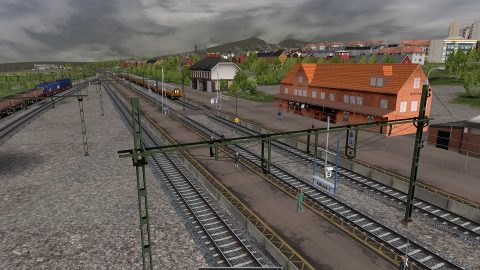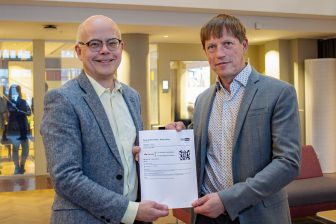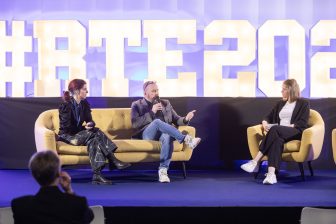
Railway software can be just like building blocks
Imagine a specific software application as being the final composition of various building blocks taken from a so-called software platform. Each of these building blocks can be taken away and replaced with another, resulting in a modified software application. This is called modular software technology, a speciality of ITK Engineering.
ITK Engineering offers several solutions for the railway industry, such as modular software architectures, predictive maintenance, cybersecurity, distributed acoustic sensing, automated train operation and train localisation. What all of these have in common, is the holistic approach, where the German technology company does tailor-make its solutions for customers in the areas of infrastructure and rolling stock.
The necessity of a modular software development came from a painful and expensive experience, explains Dr David Seider, one of the lead engineers at ITK’s railway technology division. “Many of our customers used to take the same steps over and over again when developing software: from requirements analysis to specification, implementation, test, validation and assessment up to approval. Even if only a slight modification of the application was needed, the whole process had to be passed through touching many documents, software parts, and verification & validation activities. However, when the building blocks are available, you essentially just need to assemble them, rather than build the complete software from the beginning. This can be done by us, or the customer himself. The main advantage is, that modification usually only affects a small block which – in turn – significantly speeds up the development of specific applications.”
Railway market
This type of approach is needed in a time when the market demands are becoming more complex, and at the same time more individualised, the company explains. This is also true for the railway industry, one of the markets of ITK Engineering. Software is gaining significance also in this market, with the need for a more specialised approach as a result.
“Take for example a customer providing power packs for trains. In colder regions of the world, a preheating component is required, whereas in warmer regions this is not necessary. So, for the former, the software of the power pack control unit must consider this component, but for the latter, it must not. With the modular approach, one is able to leave this component out or include it in the software – depending on the needs, without developing a whole new software.”
Shorter time to market
The modular approach requires an investment at first, but it results in savings on the mid- and long-term run, Seider explains. “The up-front effort refers to setting up a modular system (or to the modularization of an existing system) and refers to developing a so-called software platform containing the software building blocks. But after having created such a software platform, the development time and life-cycle costs for the specific application are much lower. It is also paired with an efficient approval process, due to ITK’s own CENELEC Reference Workflow. All in all, the product knows a shorter time-to-market and faster development.
“Other industries already use the modular approach successfully. Think of industries like automotive, aviation and hardware manufacturing. The railway industry is a little conservative in this regard. This is also because of high safety requirements and the long lifecycle of its assets. We are now one of the first to take steps in this direction for the railway industry combining a modular approach with an efficient approval process.”
Partner in rail
ITK may act as a partner in software development and work with the customer throughout all phases of the development process, or, it can provide the finished product. “For the above-mentioned control unit of a power pack, we create modular software architecture and platform and generate the specific application from the platform. Of course, we are using the modularity of the power pack itself as an essential input when developing the software”, Dr Seider adds. “As far as systems engineering is concerned, ITK also supports its customers in developing modular structures.”
Read also:




